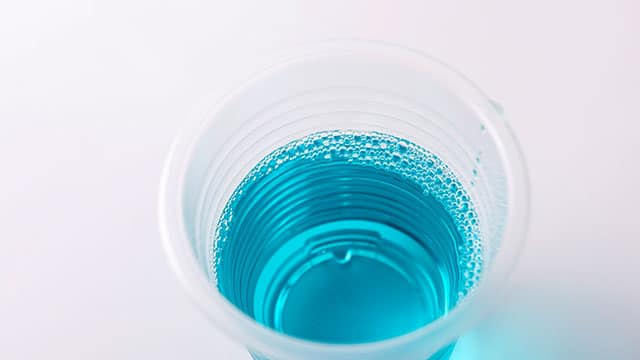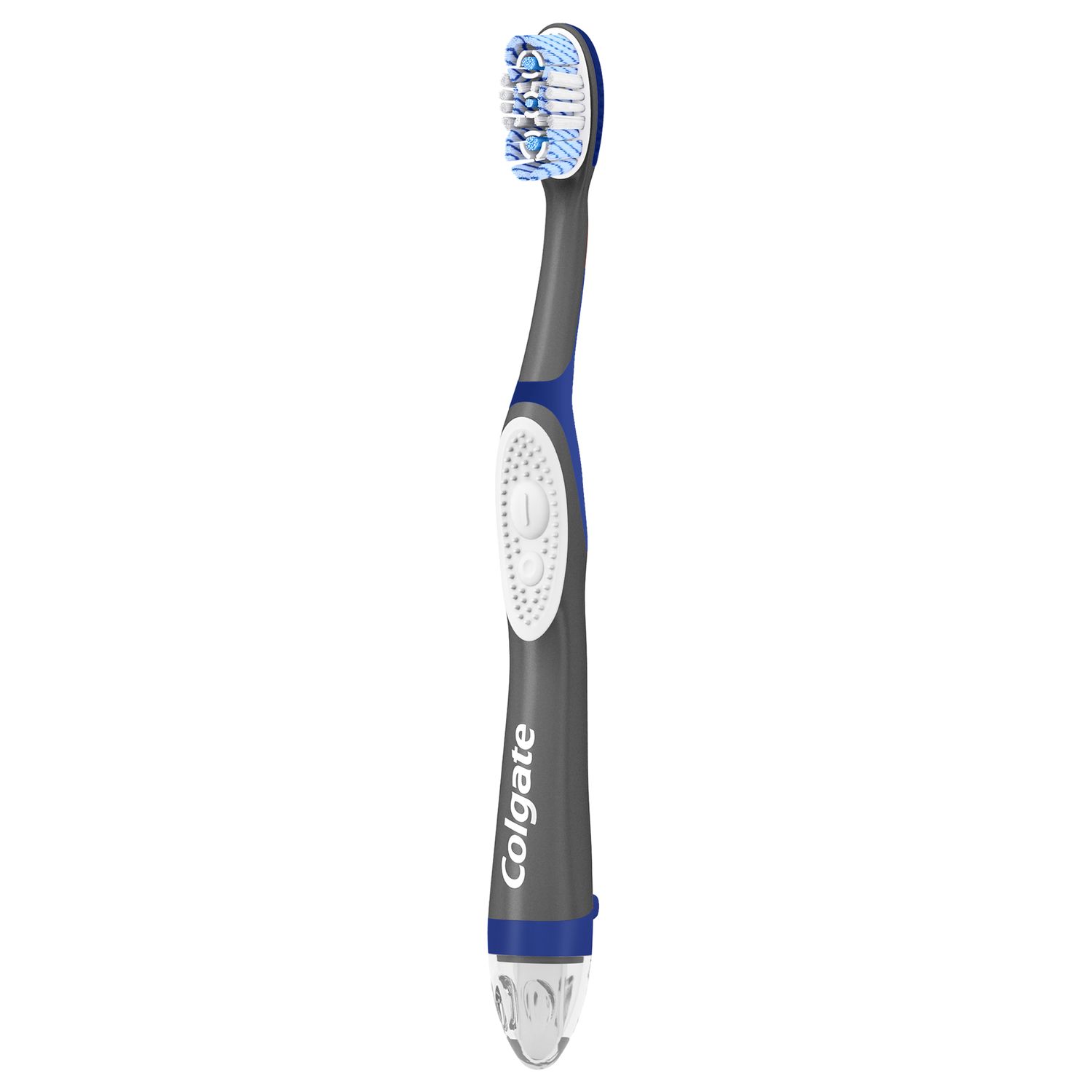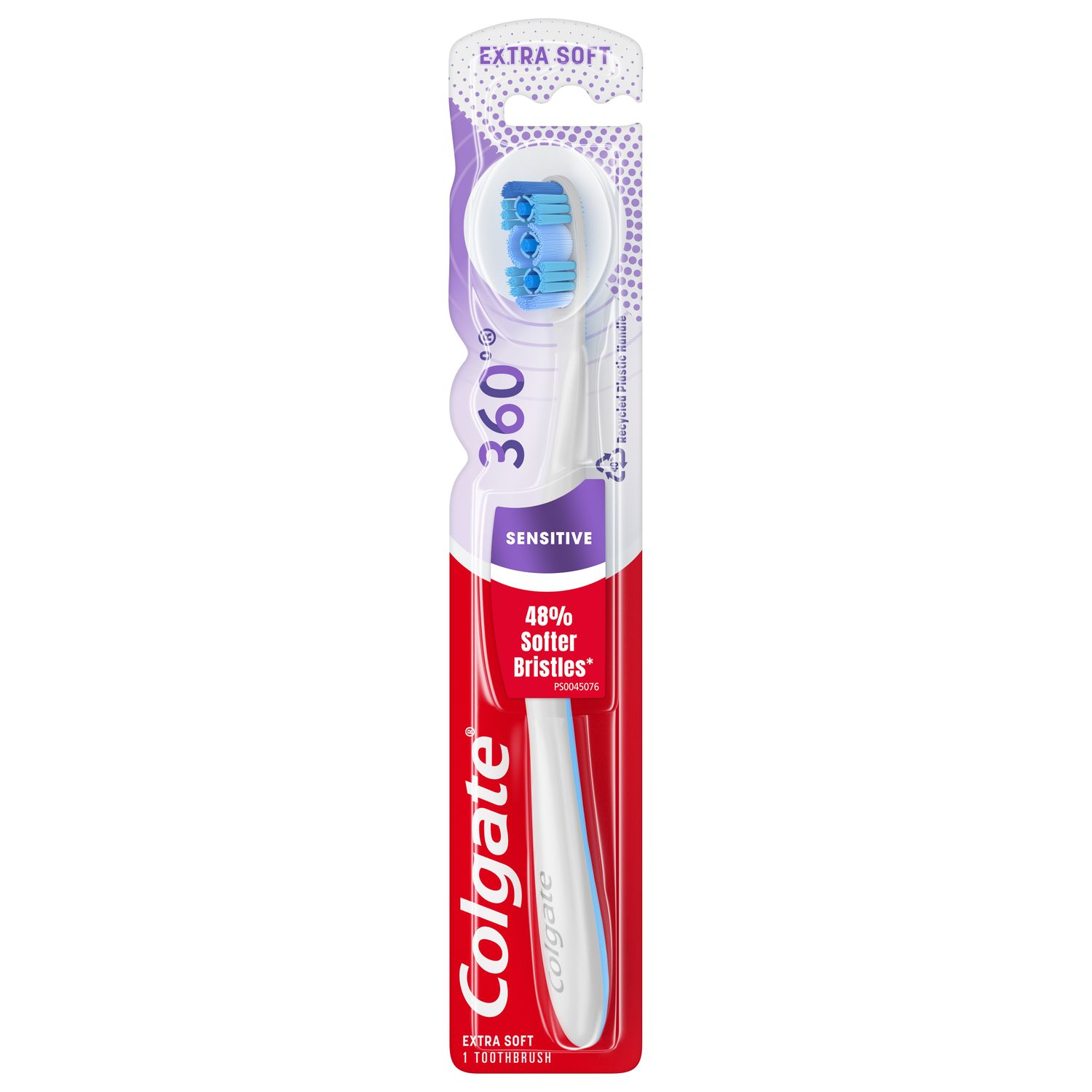What is Gum Disease?
If you have gum disease, also known as periodontal disease, you’re not alone. According to the Centers for Disease Control and Prevention (CDC), almost half of adults in the US over the age of 30 have some form of periodontal disease.
In its milder form, periodontal disease is referred to as gingivitis. This is when plaque bacteria has built up around your gum line, causing inflammation and, in some cases, bleeding gums.
According to the American Academy of Periodontology (AAP), if left untreated, gingivitis can develop into periodontitis, a more severe form of gum disease. It happens when plaque and tartar (hardened plaque) start to build up below the gum line, affecting the bones and other tissues that hold your teeth in place. If not treated, this can cause the teeth to loosen or even fall out.
How Does Deep Cleaning Treat Gum Disease?
If your dental professional has recommended a deep cleaning treatment, you might be wondering what this involves and how it helps with gum disease. Here are the two stages and how they help restore your gum health:
Stage 1: Scaling. Your dental professional will remove plaque, tartar and bacteria from the surfaces of your teeth, above and below the gum line, using manual tools, ultrasonic tools, or both. This stops the inflammation and tissue damage associated with gum disease and gives your gums a chance to heal.
- Stage 2: Root Planing. Your dentist will then smooth the root surfaces of your teeth. This makes it harder for bacteria to build up again and reduces your risk of future gum disease. It also helps your gums to reattach to your teeth as they heal.
Scaling and root planing can require one or more visits, depending on the severity of your gum disease. Your dentist may use a local anesthetic to numb the area of your mouth they are cleaning.
Learn more about scaling and root planing.
What Happens After a Deep Cleaning Procedure?
After the procedure, you may be prescribed antimicrobial rinses or antibiotics to completely rid your mouth of any infection that may have been present. Your dental profession may also recommend anti-inflammatories or painkillers to help with swelling or discomfort.
How Long Do Gums Take to Heal After Deep Cleaning?
The American Dental Association (ADA) says you could experience discomfort for a day or two after deep cleaning. Your gums might remain sensitive for up to a week. Full healing of the gums can take up to 4-6 weeks.
How to Maintain Your Oral Health After Deep Cleaning
Your dental professional will recommend a deep cleaning aftercare plan tailored to your individual needs. Their recommendations are likely to include the following advice:
Brush your teeth twice a day with antimicrobial toothpaste.
Brush very gently with a soft toothbrush to avoid irritating your sensitive gums.
Wait about 24 hours before you resume flossing or interdental cleaning.
Use an over-the-counter antibacterial mouthwash or a medicated mouth rinse prescribed by your dental professional.
Drink cold water to soothe the gums.
Eat soft foods for the first 24 hours.
Use anti-inflammatories or salt water rinses to help with inflammation.
Avoid smoking and alcohol.
Avoid very hot, spicy, sticky, acidic or crunchy foods.
Make sure to attend any follow-up appointments to make sure your treatment has been successful.
Can Teeth Fall Out After Deep Cleaning?
Periodontal disease causes pockets to form between the teeth and gums, where plaque and tartar can build up. Even though you may be losing bone and other supporting tissues, the plaque and tartar surrounding your teeth can stabilize them. However, your teeth can feel loose after deep cleaning when that build-up has been removed, and you may worry they’re going to fall out. Despite that feeling of looseness, removing this build-up is essential to stop the infection and help your gums reattach to your teeth. If you have any concerns about the feeling of looseness, be sure to raise them with your dental professional.
Do Gums Reattach After Deep Cleaning?
Gum tissue can reattach to the tooth root after deep cleaning. However, the degree of reattachment will depend on how much healthy gum tissue you have left. For that reason, it’s important to keep to your regular dental check-ups so that gum disease can be caught as early as possible, when gum tissue loss is minimal.
Do Gums Grow Back After Deep Cleaning?
Unfortunately, once gum tissue has been lost, it won’t grow back. The same applies for bone, ligaments, and other supportive tissues lost to periodontitis – once they’re gone, they’re gone. But don’t despair – if you’ve lost a lot of gum tissue and it’s affecting your oral health or your confidence, your dentist can recommend other procedures that may be able to restore your gums and teeth to their former glory.
What Happens If Your Periodontitis Requires Surgery?
If you have advanced periodontitis that a deep cleaning cannot treat, your dental professional may be able to recommend one of the following surgeries:
Flap surgery (pocket reduction surgery)
Small incisions are made in your gums, exposing the tooth roots to give better access for more effective scaling and root planing.Soft tissue grafts
For more extensive gum loss, tissue from the roof of your mouth (or another donor source) is attached to cover the area of gum recession.Bone grafting
Synthetic bone, your own bone, or donated bone is grafted to the bone around your tooth root, helping to support the tooth and prevent tooth loss.Guided tissue regeneration
A biocompatible material is placed in your gum to prevent unwanted tissue from entering an area of bone loss, allowing bone to grow back instead.Tissue-stimulating proteins
A gel containing proteins found in developing tooth enamel is applied to the diseased tooth root. This gel stimulates the growth of healthy bone and other tissue.
Prevention of Severe Gum Disease
The best way to prevent periodontitis is to practice good oral hygiene at home. That means:
Brushing twice a day with a fluoride toothpaste.
Using a toothbrush with a tongue and cheek cleaner and a flexible head so you can clean in all directions.
Choosing a toothpaste with the ADA Seal of Acceptance, a seal that confirms its effectiveness at fighting gingivitis and plaque.
Cleaning between your teeth and beneath your gum line with floss, interdental brushes or water flossers at least once a day.
Using an antimicrobial mouth rinse.
Using a tongue scraper.
Be sure to see your dental professional for regular cleanings and to check the health of your teeth and gums. If you notice anything concerning about your gu health, such as bleeding when you brush, don't wait until your next check-up – make an appointment with a dental professional right away to discuss deep cleaning and other options.
Frequently Asked Questions About Deep Cleaning
Can deep cleaning cure gum disease?
Deep cleaning can help to treat some cases of periodontitis by removing the bacterial infection and allowing the gums to heal and reattach to the teeth. However, it must be used alongside excellent oral hygiene to be successful. And to stop gum disease returning, it’s important to keep up that good oral hygiene and attend regular dental check-ups.
How much does deep cleaning cost?
Deep cleaning to treat periodontitis will usually be covered by your insurance plan. Out of pocket, the cost typically starts at $200-300, and will depend on the severity of your gum disease, your location, and the provider you choose.
This article is intended to promote understanding of and knowledge about general oral health topics. It is not intended to be a substitute for professional advice, diagnosis or treatment. Always seek the advice of your dentist or other qualified healthcare provider with any questions you may have regarding a medical condition or treatment.
ORAL HEALTH QUIZ
What's behind your smile?
Take our Oral Health assessment to get the most from your oral care routine
ORAL HEALTH QUIZ
What's behind your smile?
Take our Oral Health assessment to get the most from your oral care routine















